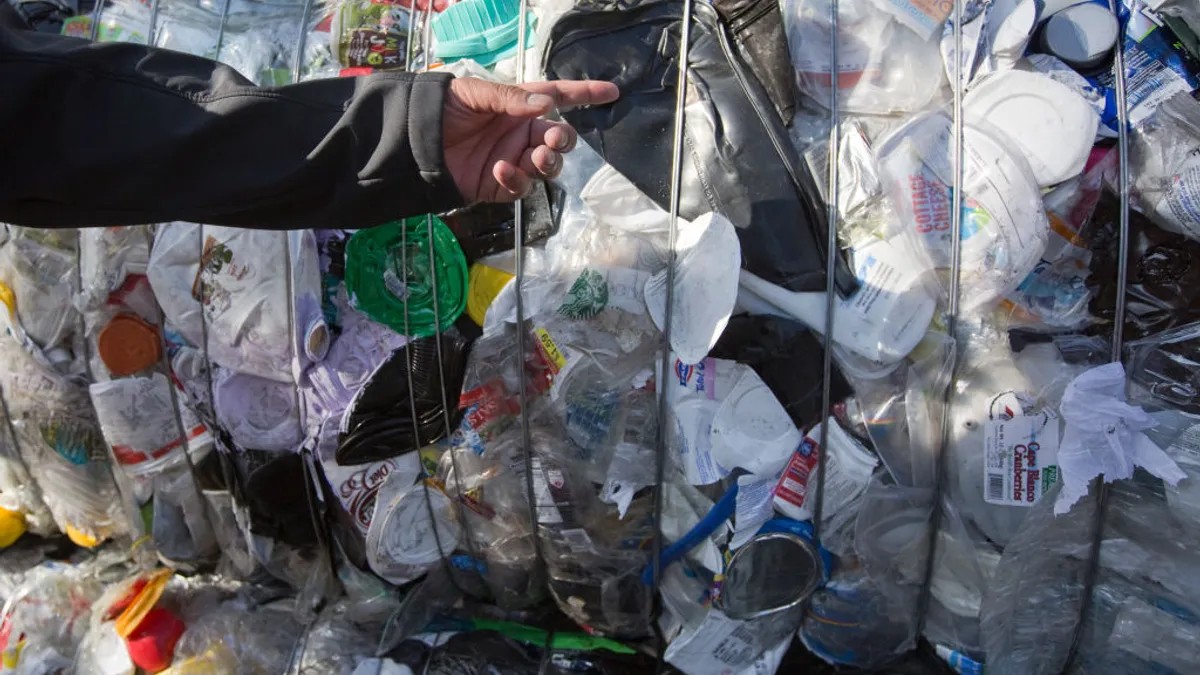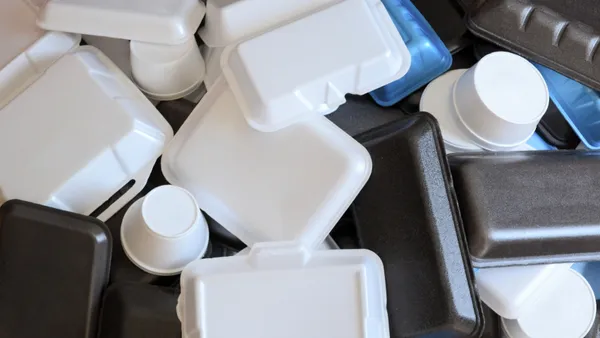Some companies obligated under Oregon’s extended producer responsibility for packaging law have a little more time to file data that could influence the state’s fee-setting.
Circular Action Alliance, the producer responsibility organization operating in Oregon, is now offering a “grace period” for non-reporting producers to submit their supply reports until April 30, following the March 31 reporting deadline.
“Receiving additional supply data before fee setting will further reduce the average fee per ton, benefiting all producers,” said CAA’s Larine Urbina, senior vice president of communications, in an email. “CAA is actively encouraging non-reporting producers to submit their late reports as soon as possible so we can set the final fee schedule to be used for invoicing in late May 2025.”
Urbina said Friday that, to date, more than 1,200 producers had submitted reports, “a result we are extremely proud of.” In a mid-March update, CAA had reported that more than 2,300 producers were registered with the PRO, 93% of which were obligated in Oregon.
“The food, beverage, household and personal care product companies are working closely with each state’s producer responsibility organization to comply with the complexity of various definitions, requirements and reporting dates,” said John Hewitt, senior vice president of packaging and sustainability at the Consumer Brands Association, in an emailed statement. “Our member companies are committed to meeting the challenge to ensure they meet the deadlines required by the respective statutes.”
Producers that want to make adjustments to reports they already submitted by the March deadline must get CAA’s approval. The PRO will require an explanation for why the changes are necessary and the estimated impacts of the changes.
Come July 1, CAA will provide Oregon’s Department of Environmental Quality with a list of non-reporting producers.
Amanda McCaffrey, associate focusing on ESG, environmental litigation and regulatory law at DLA Piper, called the grace period “a welcome surprise.”
Generally speaking, some producers’ lack of awareness and comprehension of the law inhibited on-time reporting, McCaffrey said. The term “extended producer responsibility” may make people think of manufacturers, but “understanding how these laws place obligations on other entities in the supply chain can be a challenging analysis to untangle,” she said.
Curtis Gippe, director of packaging sustainability at consulting firm Adept Group, said that some businesses underestimated the internal organization necessary to report on time. Certain companies have also made the choice to not report on time and face consequences.
Ammi Borenstein, founder and CEO at Snaplinc Consulting, also noted ongoing confusion among producers. “We are consistently amazed by how many companies are just finding out about these regulations,” he said. Borenstein said his firm still commonly hears questions from companies new to the world of EPR about why it’s happening.
Producers obligated under Colorado’s packaging EPR law are also quickly approaching the July 31 reporting deadline there. There’s some optimism that the experience with data collection and reporting in Oregon will benefit producers in Colorado, where CAA is also the PRO. But consultants also point out a few notable differences in what’s covered by Colorado’s law.
For example, Oregon’s law doesn’t have a compostable packaging designation, whereas Colorado’s does, Gippe said. Additionally, the two states handle “B2B packaging” differently; outer shipping boxes are not covered in Colorado, Borenstein noted.
Some companies that are caught up with reporting are at an entirely different stage in their process. Gippe said his firm is beginning work with some more proactive clients on redesigning packaging to benefit from reduced fees in reaction to ecomodulation, “which will be, I think, the next stage.”














